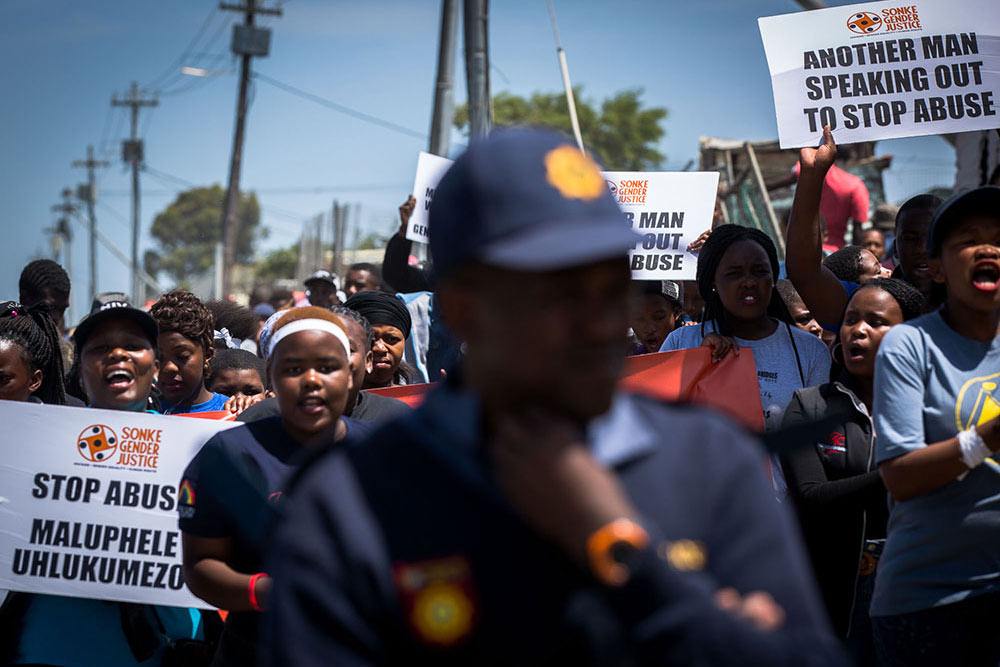Every year, the United Nations Commission on the Status of Women, an intergovernmental body that is dedicated to the promotion of gender equality and women’s empowerment, meets in New York for two weeks in March to deliberate on pertinent issues affecting women globally, based on the agreed theme.
This year’s theme focuses on challenges and opportunities in achieving gender equality and the empowerment of rural women and girls.
Pursuant to these deliberations, outcome documents – which are agreed conclusions/goals by UN member states to implement in relation to the priority theme are provided.
Yet the question still remains: To what extent do these outcome documents move beyond rhetoric to action?
How will the outcome document and resolutions agreed on in this year’s Commission on the Status of Women transform the realities and lives of women and girls living in rural areas?
As discussions at the ongoing Commission on the Status of Women session are highlighting, women and girls in rural areas face a variety of structural challenges and barriers.
They comprise the majority of people living in poverty, with limited access to resources such as land.
Despite being the major food producers for their families and communities, women and girls in rural areas often struggle with access to, and ownership of, land – which is often the reserve of their male counterparts.
While women have equal property ownership rights in 115 countries in the world, and have equal inheritance rights in 93 countries, gender disparities in land ownership persist worldwide.
Often, women’s access is linked to some affiliation with a male figure in their lives – be it a father, uncle, brother or in the case of marriage, a husband.
This is problematic as it leaves women at the mercy of men whom they are economically dependent on, and thus makes it difficult for them to have control of, and agency, over, their lives.
Furthermore, women and girls living in rural areas are more susceptible to harmful cultural and traditional practices. Women are often unable to inherit land or property in the loss of a husband or father in a dominant patriarchal value system.
They are more exposed to practices such as female genital mutilation – a practice which entails all procedures that involve the partial or total removal of the external female genitalia, or other injury to the female genital organs for non-medical reasons, as well as child marriages with little recourse to justice.
They are persistently subjugated to the authority of men, be it religious and traditional leaders or family members who continue to emphasise the dominance of patriarchy and its control over women’s and girls’ lives.
Also, women and girls in rural areas have limited access to services when they experience domestic and sexual violence.
They have to walk long distances to access health care services, psychosocial support which is often unavailable and the justice system (police and the courts) which tends to be too complicated for them to comfortably engage with.
While they are encouraged to speak out and break the silence on violence against women, with no support system it is difficult for them to do so.
At what cost should or do they speak out when after doing so they have no one to help them heal the wounds and pain, and they have to go back to the same communities where they were violated?
As a result, many women and girls opt to remain silent and endure the pain.
When they dare speak out, they are often exposed to secondary victimisation and castigated for doing so.
While this year’s theme sheds light on some of the challenges that women and girls in rural areas face, transforming these challenges will require political will, commitment and concerted efforts.
Resolutions and commitments will require and demand the channeling of sufficient resources to make them a reality.
As negotiations for this year’s agreed conclusions have begun, there is a need for strong language that addresses the structural barriers highlighted above.
Governments have come up with firm commitments on transforming women’s lives that they can be held accountable to at international, regional and national levels.
And again these commitments must not end in New York as has become the culture in the past.
Agreed conclusions provide a normative framework and set the global standards for women’s rights and gender equality across the globe.
Governments must then use these to develop solid laws and policies.








